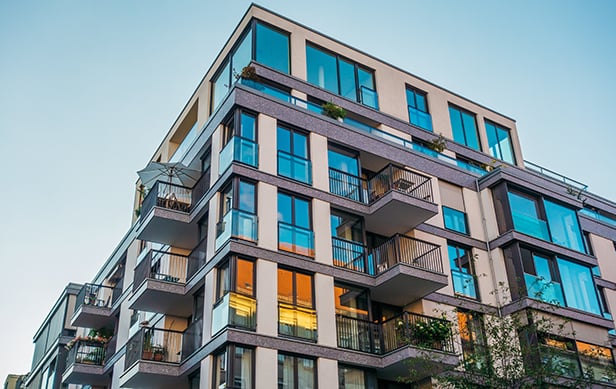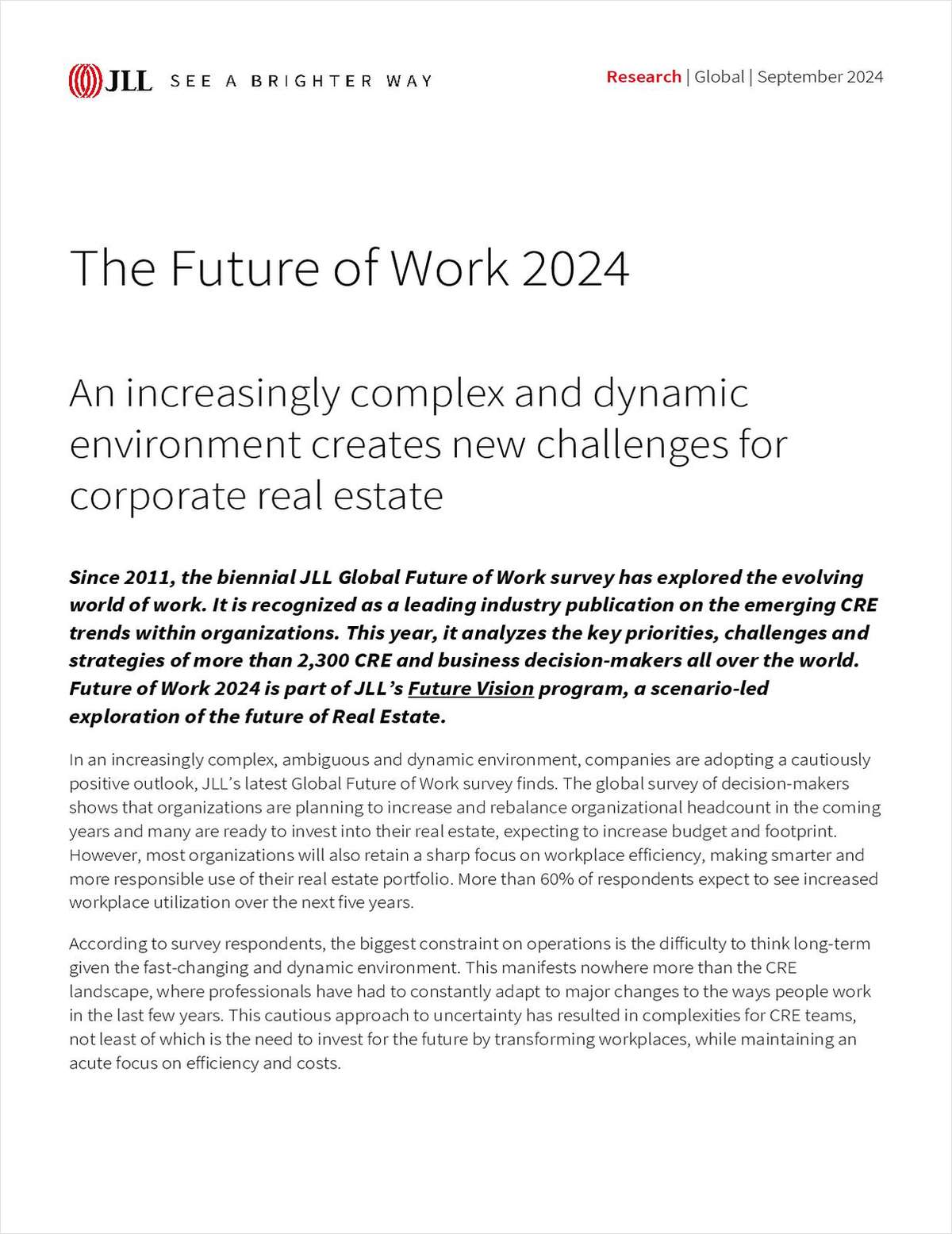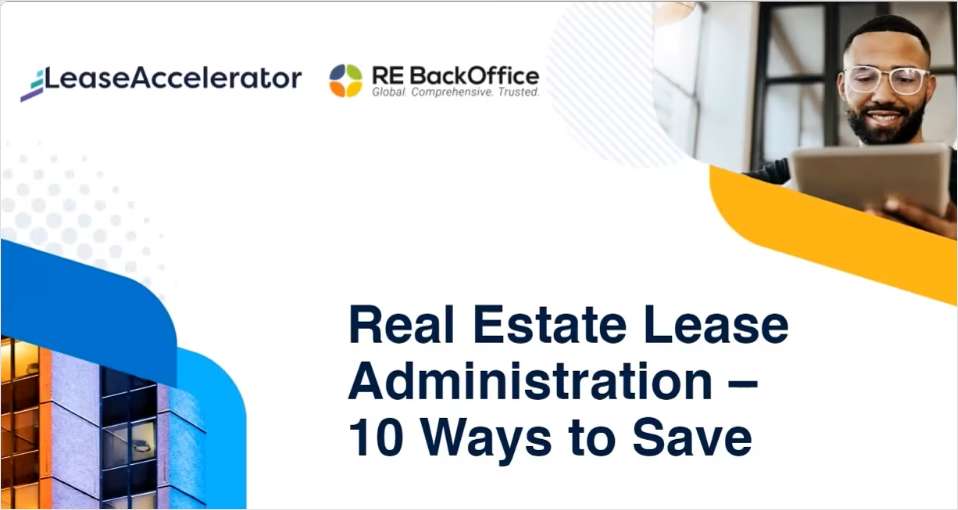SAN FRANCISCO—A catch phrase in recent decades was “sick building syndrome”. Now, a growing body of evidence indicates that buildings actually make you healthier. With tenants, shoppers, home buyers and other building users seeking out healthy lifestyles, the real estate industry is beginning to embrace the idea. And building healthy can bring healthy financial returns too.
Today's tenants seek out buildings qualifying for LEED, the WELL Building Standard, Green Globes or the Living Building Challenge ratings, among others. In addition, property owners and designers are beginning to embrace a next-generation issue in real estate that is equally transformative: the health and well-being of the users who populate those properties.
With chronic diseases such as diabetes and heart disease accounting for more than 80% of US healthcare spending, people are taking more proactive measures to improve their health and are seeking out healthy lifestyles and places. A growing amount of research and evidence supports the notion.
In one of the earliest case studies of its kind published in the American Journal of Public Health, researchers sought to establish a link between design and health outcomes. The team studied “Breathe Easy Homes” in the High Point housing community in Seattle designed by Mithun, a global design firm. High Point became the first community of its kind to improve air quality. Residents of the Breathe Easy Homes who had children with asthma experienced a 60% decrease in hospital emergency visits and treatment.
At a Charlotte, NC office development acquired in 2012 for $42 million, a health-oriented redesign and repositioning helped take the 70% vacant property to 93 percent occupancy and an estimated current value of $200 million.
Bert Gregory, FAIA, chairman of Mithun, tells GlobeSt.com: “Design for health is becoming a crucial approach to new and rehabbed development that elevates the real estate process to put customers' health squarely at the forefront. As more projects demonstrate how design can actually improve health and well-being, our customers who use these spaces will continue leasing, buying and seeking them out.”
Last month, ULI released a Building Healthy Places Toolkit with 21 design-specific, low-cost recommendations for buildings and surroundings, from easily accessible stairs and well-connected street networks at the human scale, to multigenerational recreation spaces, farmer's markets, onsite gardens, and interior design that enhances air quality, reduces noise, and promotes activity and social engagement. As previously reported, wellness is a growing trend in attracting and retaining talent in the office sector.
Want to continue reading?
Become a Free ALM Digital Reader.
Once you are an ALM Digital Member, you’ll receive:
- Breaking commercial real estate news and analysis, on-site and via our newsletters and custom alerts
- Educational webcasts, white papers, and ebooks from industry thought leaders
- Critical coverage of the property casualty insurance and financial advisory markets on our other ALM sites, PropertyCasualty360 and ThinkAdvisor
Already have an account? Sign In Now
*May exclude premium content© 2024 ALM Global, LLC, All Rights Reserved. Request academic re-use from www.copyright.com. All other uses, submit a request to [email protected]. For more information visit Asset & Logo Licensing.








